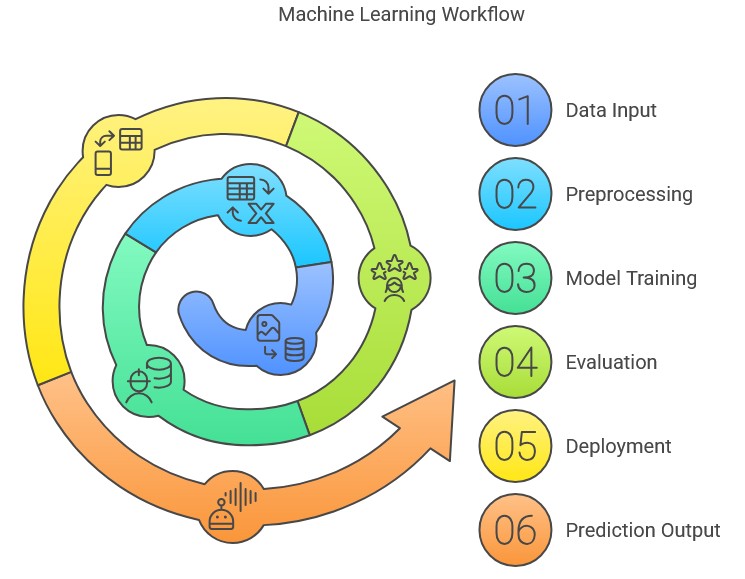In the fast-paced world of Forex trading, where every millisecond counts, high-frequency trading (HFT) has emerged as a game-changer. By leveraging Alibaba Cloud’s advanced infrastructure and services, traders can build scalable, low-latency systems that stay ahead of the competition.
This post explores how Alibaba Cloud can be used for HFT in Forex markets, complete with examples, tools, and a step-by-step guide to implementation.
Why Choose Alibaba Cloud for High-Frequency Forex Trading?
- Low-Latency Infrastructure – Alibaba Cloud’s global network of data centers ensures minimal latency for executing trades in international Forex markets.
- Scalability – Auto-scaling capabilities allow your trading system to handle peak loads during high volatility periods.
- Robust Security – Built-in security features such as Anti-DDoS Pro protect your trading systems from cyber threats.
- Real-Time Analytics – Tools like Realtime Compute for Apache Flink provide real-time data processing and analytics, critical for HFT strategies.
Key Tools from Alibaba Cloud for HFT
- ECS (Elastic Compute Service) – High-performance virtual servers for running trading algorithms with low latency.
- CDN (Content Delivery Network) – Distributes trading data globally, reducing latency and ensuring fast access.
- PolarDB – A high-performance, cloud-native database ideal for storing and querying large volumes of Forex market data.
- Realtime Compute for Apache Flink – Enables real-time data streaming and analytics, allowing traders to react to market changes instantly.
- MaxCompute – Big data processing platform for historical data analysis and strategy backtesting.
Step-by-Step Guide to Implementing HFT on Alibaba Cloud
1. Set Up the Infrastructure
Elastic Compute Service (ECS): Deploy ECS instances close to major Forex trading hubs to minimize latency.
Use Alibaba Cloud’s VPC (Virtual Private Cloud) for secure and isolated trading networks.
2. Real-Time Market Data Streaming
Use Realtime Compute for Apache Flink to ingest and process live Forex data streams from brokers or data providers.
Example Code (Python):
from pyflink.table import EnvironmentSettings, TableEnvironment
env_settings = EnvironmentSettings.in_streaming_mode()
t_env = TableEnvironment.create(env_settings)
t_env.execute_sql("""
CREATE TABLE forex_stream (
currency_pair STRING,
bid_price DOUBLE,
ask_price DOUBLE,
timestamp TIMESTAMP(3)
) WITH (
'connector' = 'kafka',
'topic' = 'forex-data',
'properties.bootstrap.servers' = 'kafka-broker:9092',
'format' = 'json'
)
""")
3. Algorithm Development and Backtesting
Use MaxCompute to analyze historical data and optimize trading algorithms.
for example: Analyze EUR/USD historical data to identify profitable patterns.
4. Deploy and Monitor Trading Algorithms
Deploy algorithms on ECS instances with multi-threading capabilities.
Use CloudMonitor to track system performance and trading metrics in real-time.
5. Risk Management
Implement risk controls using Alibaba Cloud’s security services, such as Anti-DDoS Pro, to safeguard trading systems from disruptions.
Practical Example: High-Frequency Trading Workflow
- Data Ingestion: Stream Forex market data into Alibaba Cloud using Apache Kafka.
- Data Processing: Use Realtime Compute for Apache Flink to analyze bid/ask spreads and volume trends.
- Decision-Making: Deploy machine learning models on ECS to identify arbitrage opportunities.
- Execution: Trigger trades via broker APIs, ensuring sub-millisecond execution times.
- Monitoring: Use CloudMonitor to visualize key metrics such as latency, trade execution success rate, and system uptime.
Benefits of Using Alibaba Cloud for HFT
- Enhanced Speed: Ultra-low latency for faster trade execution.
- Scalable Solutions: Automatically scale resources based on trading volume.
- Cost-Effective: Pay-as-you-go pricing model reduces operational costs.
- Global Presence: Access to data centers worldwide ensures proximity to Forex trading hubs.
Conclusion
High-frequency Forex trading demands cutting-edge technology, and Alibaba Cloud delivers on all fronts. By leveraging its robust infrastructure, powerful data analytics tools, and seamless scalability, traders can gain a significant edge in the competitive Forex market. Whether you’re a seasoned HFT professional or exploring this domain for the first time, Alibaba Cloud’s solutions provide the perfect foundation for success.
Are you ready to take your Forex trading to the next level? Contact Me!


